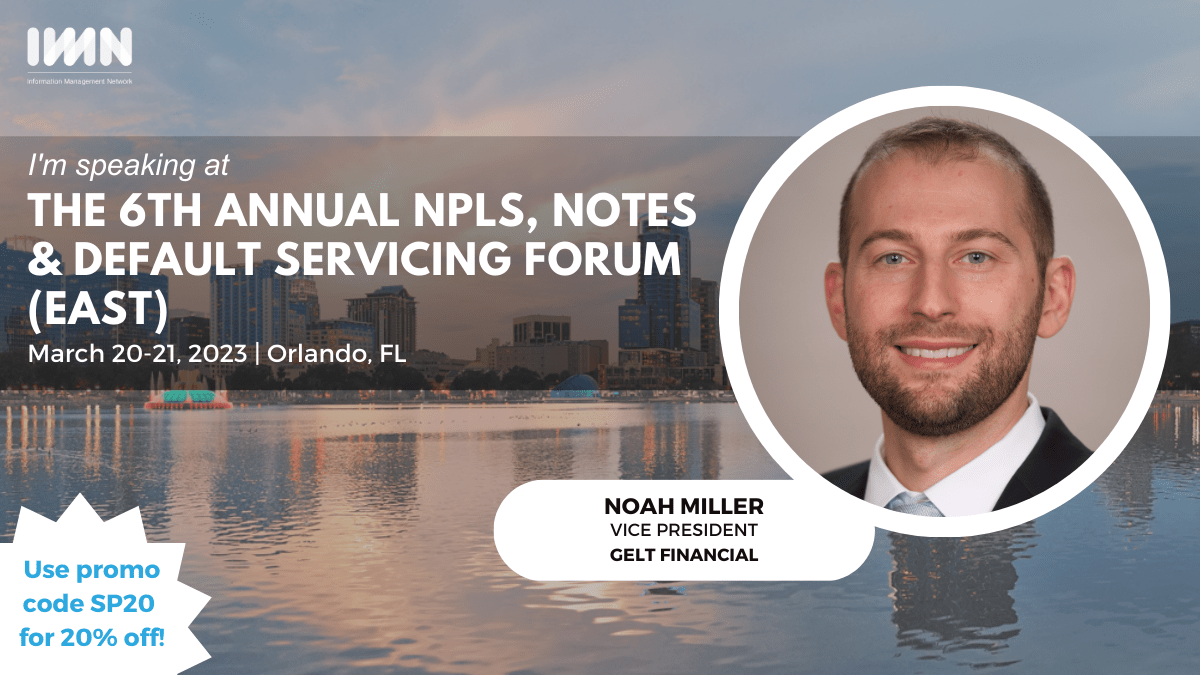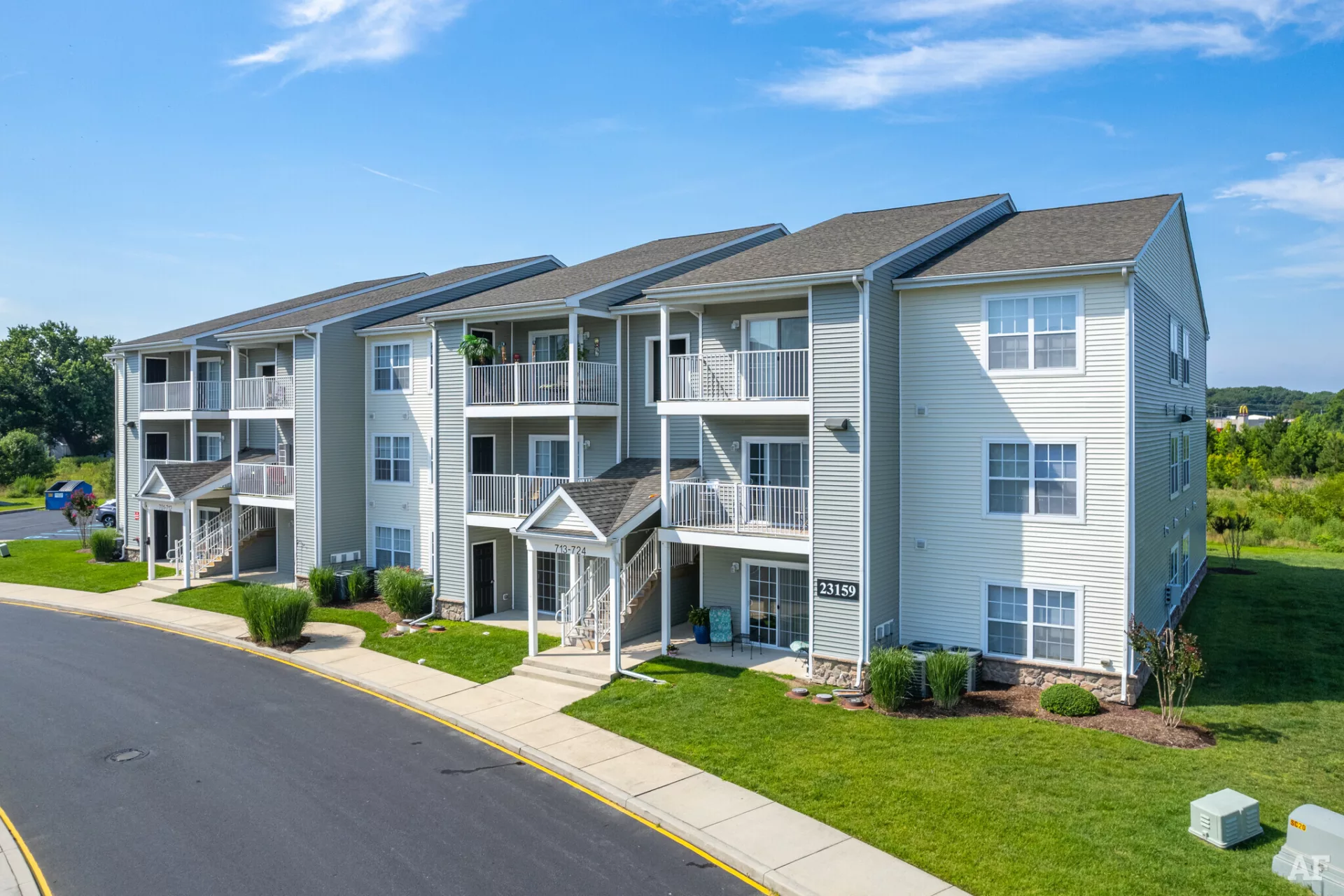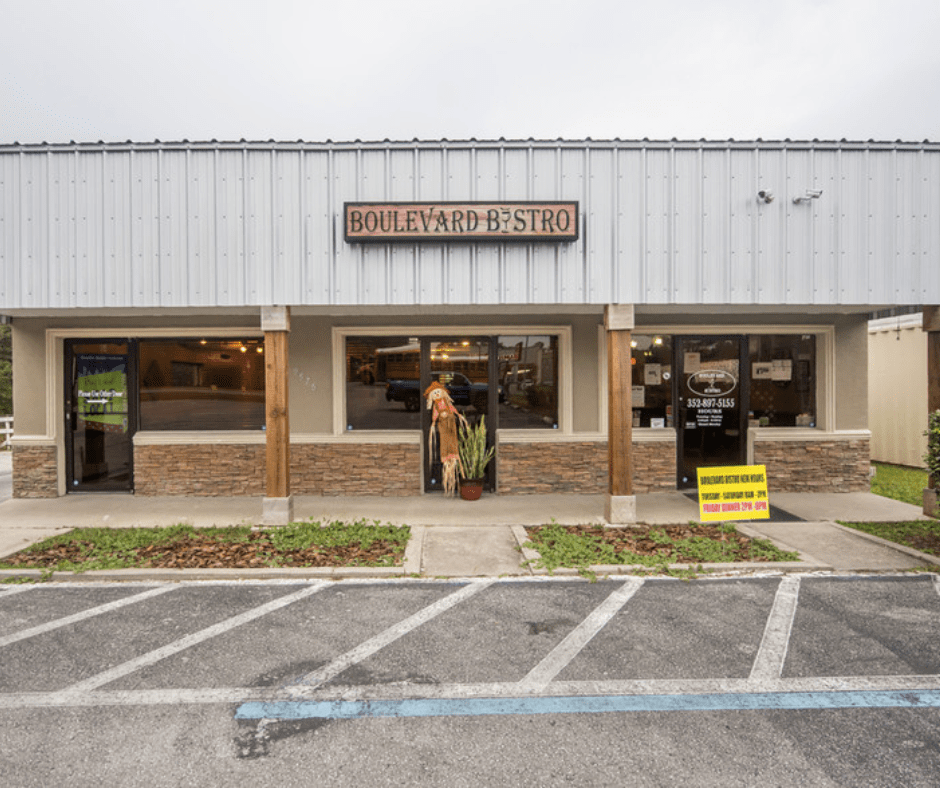Gelt Financial featured in WealthManagement.com
As Yields Tighten, More Real Estate Investors Are Exploring Preferred Equity Deals
Real estate investors looking for attractive returns along with added risk protection are finding it in the middle of the capital stack. Capital is pouring into the preferred equity space, resulting in a highly competitive market that is putting pressure on returns and forcing investors to work harder to find good deals.
Interest in preferred equity deals isn’t entirely new, but momentum has picked up of late . “It started to get big five to six years ago and it has blown up even more in the last year or two,” says Noah Miller, vice president at Gelt Financial, a private real estate investment firm based in Delray Beach, Fla. Gelt Financial invests at different points in the real estate capital stack, including preferred equity, mezzanine and bridge loans and senior mortgages.
That increased activity in preferred equity investments is being fueled by investors across the spectrum from institutions to individuals who are chasing yield, as well as sponsors who need alternative financing to fill a gap between their senior loan and the equity they bring to the table. “We have seen a good influx of people coming to us who are wanting to invest in preferred equity, especially over the last six months as Treasury yields have gone down, and I don’t see any slowdown in investor appetite,” says Miller.
The increased capital flowing to the space far outweighs the volume of available deals. “We have seen increasing competition in the preferred equity space since we started investing in 2018, whether that is through larger funds being raised or appetites shifting from equity to preferred equity,” adds Matt Pavlovich, an executive vice president and principal at Mount Auburn Multifamily, a private real estate company with $2 billion in multifamily assets under management.
Mount Auburn Multifamily provides preferred equity for conventional, ground-up multifamily development. The company expects to grow its preferred equity investments thanks to a new partnership with Ivanhoé Cambridge . The two firms have teamed up on a programmatic joint venture to invest in preferred equity for ground-up multifamily developments throughout the U.S. “We have been talking to Ivanhoé Cambridge for about two years, and this seemed to be a good product fit for their growth strategy within the U.S and how we want to scale our business,” says Pavlovich. Although Ivanhoé Cambridge did not disclose how much capital it has committed to the partnership, the two firms completed their first deal earlier this month with more deals in the pipeline that are expected to close this summer.
“For us, we really like the preferred equity space given the risk-adjusted returns that it provides,” says Pavlovich. Mount Auburn is generating returns of 12 percent to 14 percent on current deals. Those returns are lower than an equity investment in a deal. However, there is less risk because preferred equity financing sits in front of a developer’s equity in the capital stack. So, while a senior loan and any bridge loan would have a senior position, preferred equity would get paid out before the developer’s equity.
Pref fills financing gap
Preferred equity, or “pref” as it is commonly called in the industry, is often discussed almost interchangeably with mezzanine debt. There are differences between the two structures, but what they have in common is that they are both usually found in the second position behind a first mortgage. When sponsors are assembling financing, they will often use either a mezzanine loan or preferred equity to fill the gap between the first mortgage and the equity they bring to a deal from their own pocket and/or their limited partner investors. Preferred equity tends to get paid a percentage point or two higher than a mezzanine loan because investors are taking on slightly more risk.
Preferred equity has become more popular for a number of reasons . One is that lenders have been more conservative on leverage after the Great Financial Crisis. Borrowers that are looking for higher leverage are looking for alternatives other than their own equity. In addition, preferred equity has gotten cheaper as capital has become more available. “I think people also understand it more because it is so common. So, there has definitely been an uptick in buyers and sponsors wanting to use preferred equity and mezz on their deals,” says Miller.
Sponsors working on a value-add investment, for example, might favor using preferred equity that is capped at a flat rate of return rather than bringing in equity investor partners that would also share in the upside of the deal. “You also are starting to see a lot more mezz and preferred equity used in development deals,” adds Miller.
Competition squeezes rates
The biggest challenge for preferred equity investors is finding deals. “It is very competitive right now as a preferred equity provider to find investment opportunities that we like,” says Sam Isaacson, President of Walker & Dunlop Investment Partners (WDIP), the investment management arm of the commercial real estate finance firm of Walker & Dunlop. That competition is driving down returns for investors. In 2018 and 2019, WDIP was putting preferred equity out at 14 percent to 15 percent and now it is almost always generating returns that range between 8 percent to 12 percent.
WDIP invests in both preferred equity and mezzanine debt through two fund vehicles and a separate managed account. There are pros and cons to both. However, the firm’s preference is to place capital in preferred equity investments because the structure provides rights to remove the owners of properties, as governed by the partnership documents, notes Isaacson. A mezzanine lender has the second lien on a property behind a senior loan and typically would have to go through the court system to foreclosure on a property. Another key reason driving preferred equity investing in the multifamily sector is that Fannie Mae and Freddie Mac are restricting use of mezzanine loans on their loan guarantees. So, former mezzanine lenders have had to convert to preferred equity providers.
On the institutional capital side, part of the demand for preferred equity is coming from a “risk off” mentality, adds Isaacson. A number of institutions believe that there could be some type of downturn or black swan event that may occur in the next five years. “People want income right now more than they want upside, because a lot of the institutional capital doesn’t believe in the continued upside in commercial real estate,” he says. “They would rather trade that risk for a lower return in a current income stream, which you can get from a preferred equity instrument.”
Source URL: https://www.wealthmanagement.com/investment-strategies/yields-tighten-more-real-estate-investors-are-exploring-preferred-equity-deals






















